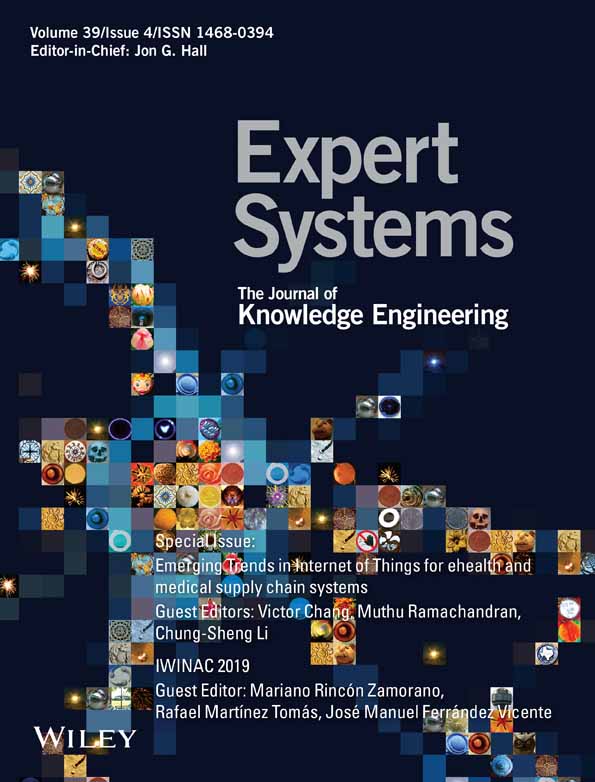An ensemble artificial intelligence-enabled MIoT for automated diagnosis of malaria parasite
Abstract
Rapid advancements in Information and Communication Technologies (ICT) and artificial intelligence (AI) applications permeating to all spheres of life, including medical prognosis, have led modern clinical systems to tread the path of advanced Internet of Medical Things (IoMT) by infusing advanced learning technologies, particularly deep learning. Automated diagnosis of malarial infection using AI-enabled IoMT holds the promise of sustainable prognosis by reducing diagnosis error significantly with improved recognition accuracy. Existing automated diagnostic systems usually employ classical deep learning models wherein setting parameter values such as automatic learning rate selection, weight management etc. are a major concern. To address these issues, this paper proposes a collaborative ensemble AI-enabled IoMT automated diagnosis model to classify malaria parasitized from microscopic images. The proposed model consists of two main stages. In the first stage, a Snapshot ensemble learning model is conjured upon by a combination of three distinct layers of Convolutional, Batch Normalization, and Relu networks; that alters the learning rate aggressively during training phase thus providing different network weights that gives multiple models by training a single model. In the second stage, an ensemble of three transfer learning models is constructed, and finally the average ensemble result is obtained. The learning rates at both these stages are empirically selected through Cosine Annealing. Experiment on the malaria parasite image dataset demonstrates the superiority of the proposed model with respect to a baseline algorithm.
CONFLICT OF INTEREST
The authors declare no conflict of interest.
Open Research
DATA AVAILABILITY STATEMENT
Data sharing is not applicable to this article as no new data were created or analyzed in this study.




